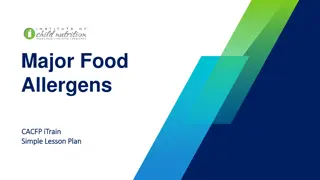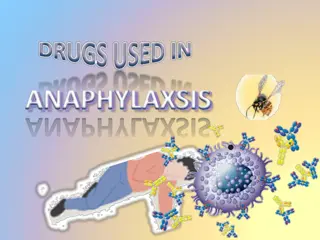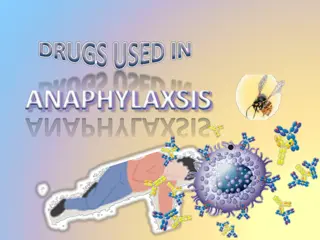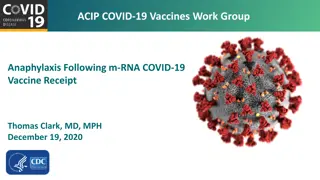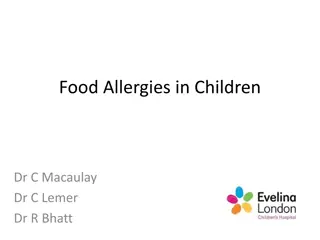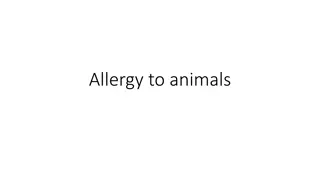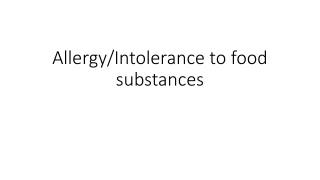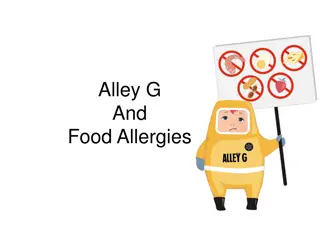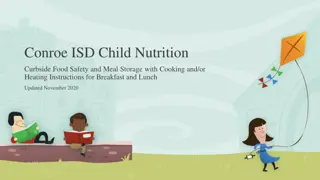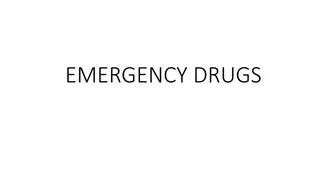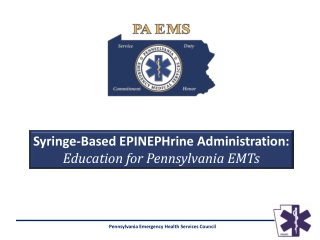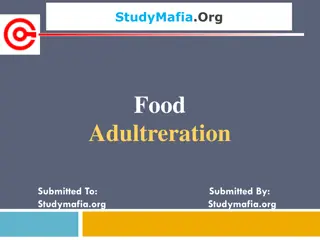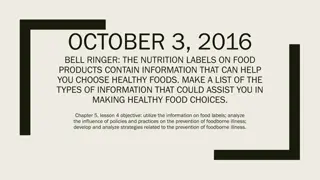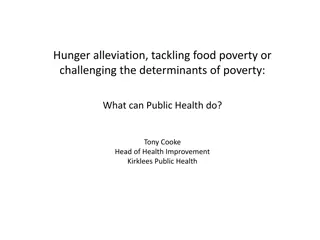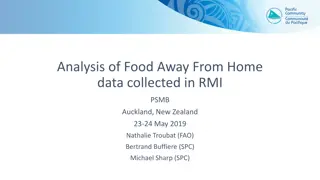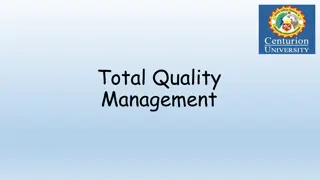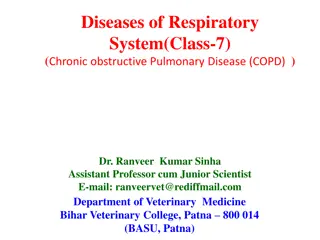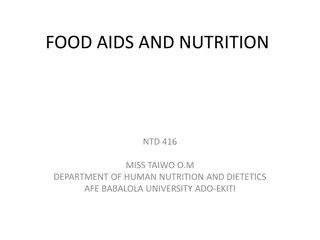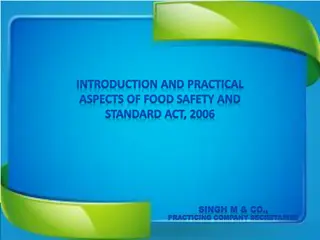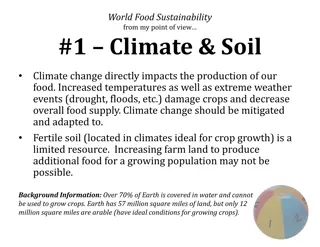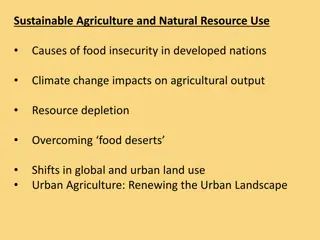Understanding Major Food Allergens and Anaphylaxis
Major food allergens, including milk, eggs, fish, shellfish, tree nuts, wheat, peanuts, and soybeans, can cause severe allergic reactions in sensitive individuals. Symptoms of food allergies range from mild to life-threatening, with anaphylactic shock being a serious complication that requires immediate attention. Educating food facility employees about major food allergens and their symptoms is crucial in preventing adverse reactions. Prompt recognition and treatment of food allergies are essential to avoid serious outcomes like anaphylaxis, which can lead to severe health consequences.
Download Presentation

Please find below an Image/Link to download the presentation.
The content on the website is provided AS IS for your information and personal use only. It may not be sold, licensed, or shared on other websites without obtaining consent from the author. Download presentation by click this link. If you encounter any issues during the download, it is possible that the publisher has removed the file from their server.
E N D
Presentation Transcript
CalCode Requirements 113947 Expansion of duties for person in charge Person in charge must: 1) Have adequate knowledge of major food allergens, foods identified as major food allergens, and the symptoms that a major food allergen could cause in a sensitive individual who has an allergic reaction. 2) Educate the employees at the food facility regarding the information described in paragraph (1), which the person in charge may elect to accomplish by, among other methods, using a poster or job aid to which the employee can refer.
Major Food Allergens Defined Major food allergens include: Milk Eggs FISH, including, but not limited to, bass, flounder, and cod Crustacean shellfish including, but not limited to, crab, lobster, and shrimp Tree nuts including, but not limited to, almonds, pecans, and walnuts Wheat Peanuts Soybeans A FOOD ingredient that contains protein derived from any of the above listed foods e.g. peanut butter http://www.fda.gov/downloads/Food/ResourcesForYou/Consumers/UCM079428.pdf
Major Food Allergens Defined Major food allergens do not include: A highly refined oil derived from a major food allergen, and any ingredient derived from that highly refined oil An ingredient exempt under the FOOD Allergen Labeling and Consumer Protection Act of 2004 (fresh fruits and vegetables) http://www.fda.gov/downloads/Food/ResourcesForYou/Consumers/UCM079428.pdf
Symptoms Symptoms of food allergies typically appear from within a few minutes to two hours after a person has eaten the food to which he or she is allergic. Coughing or wheezing Dizziness and/or lightheadedness Difficulty breathing Loss of consciousness Swelling of the throat and vocal cords Hives Flushed skin or rash Face, tongue, or lip swelling Vomiting and/or diarrhea Abdominal cramps Tingling or itchy sensation in the mouth Mild symptoms that occur after ingesting a food allergen are not always a measure of mild severity. If not treated promptly, these symptoms can become more serious and can lead to anaphylaxis. http://www.fda.gov/downloads/Food/ResourcesForYou/Consumers/UCM079428.pdf
Anaphylactic Shock Following ingestion of a food allergen(s), a person with food allergies can experience a severe, life- threatening allergic reaction called anaphylaxis. This can lead to: constricted airways in the lungs severe lowering of blood pressure and shock ( anaphylactic shock ) suffocation by swelling of the throat Each year in the U.S., it is estimated that anaphylaxis to food results in: 30,000 emergency room visits 2,000 hospitalizations 150 deaths http://www.fda.gov/downloads/Food/ResourcesForYou/Consumers/UCM079428.pdf
How a Food Allergy Order May Travel Through the Restaurant http://www.foodallergy.org/document.doc?id=143
Cross-Contact How it Occurs Putting food on surfaces that have touched allergens Not washing, rinsing and sanitizing utensils How to Avoid it Wash, rinse, and sanitize cookware, utensils, and equipment after handling a food allergen. Wash your hands and change gloves before prepping food. Prep food for customers with food allergies in a separate area from other food. Label food packaged on-site for retail sale. Name all major allergens on the label and follow any additional labeling requirements. Designate different shelves for allergen free foods. Select manufacturer pre-packaged foods with labels instead of foods from bulk containers. http://www.foodsafetymonth.com/NFSM/media/activities/English/Weekly_Activities_Eng/NFSEM_wk5_Actvy.pdf?ext=.pdf


